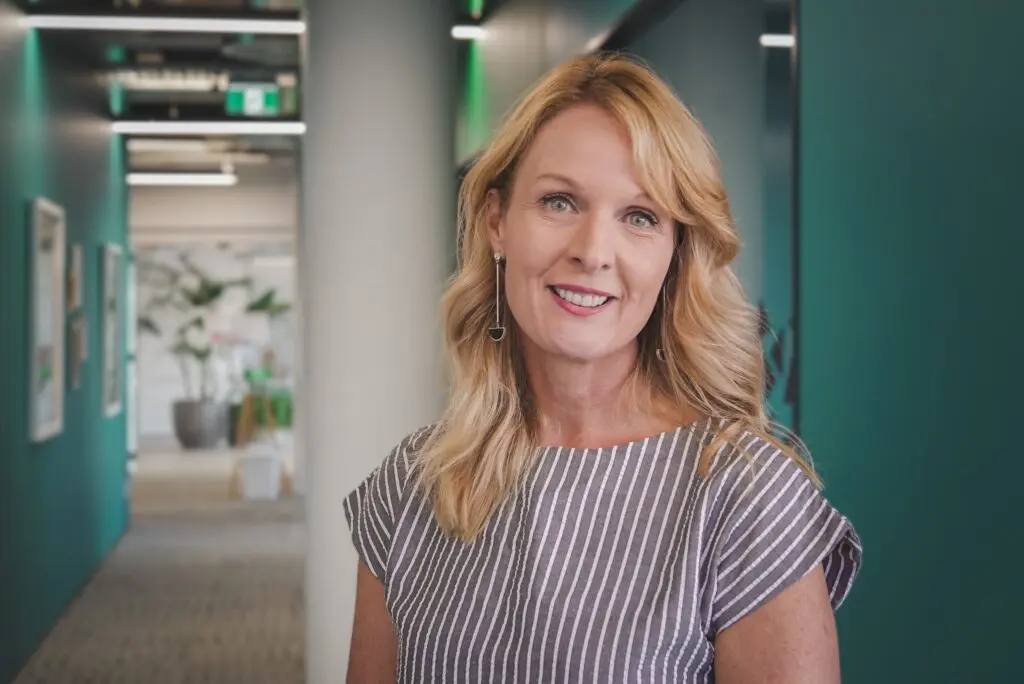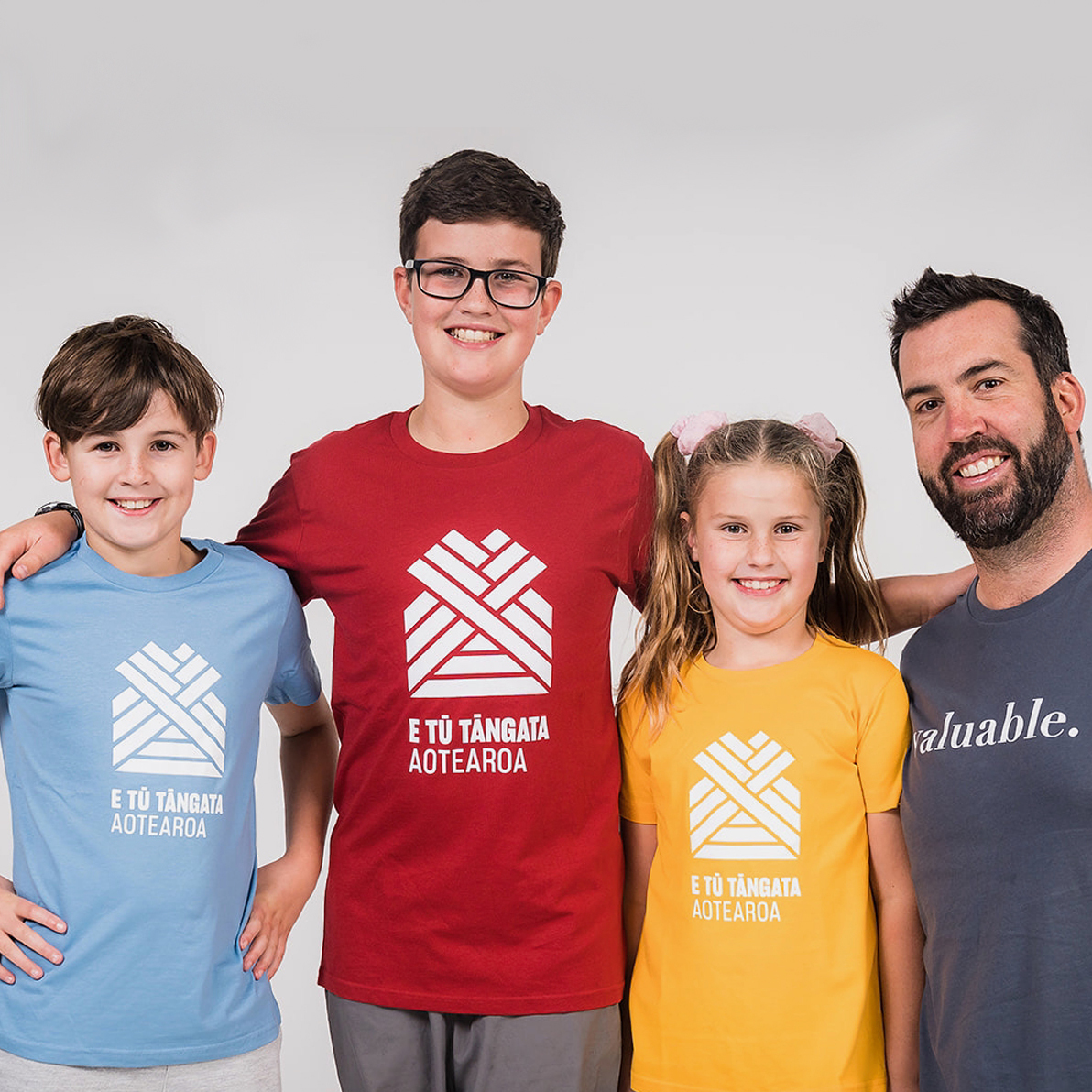Providing a touchpoint for global Kiwi connection
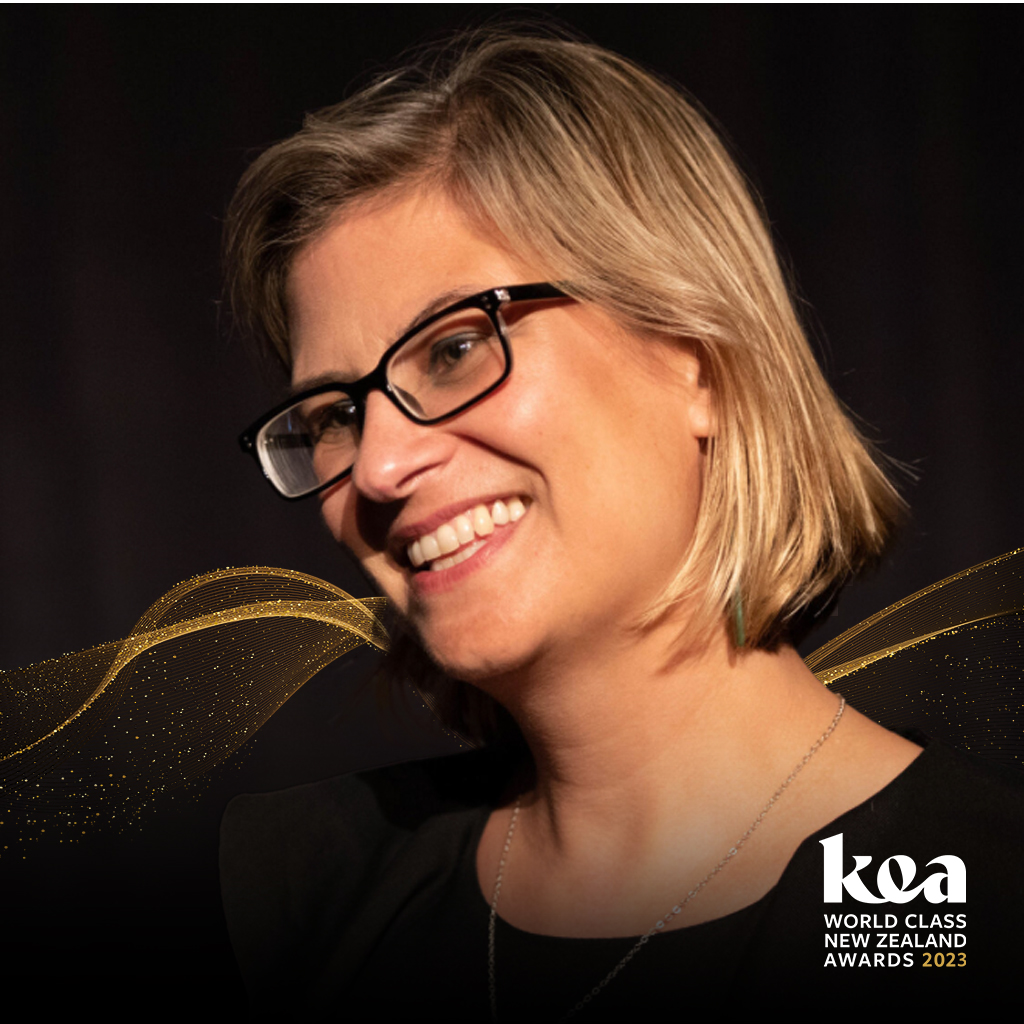
2023 Kea World Class New Zealand Supreme Award winner Dr Maia Nuku (Ngai Tai)
Dr Maia Nuku is the Oceania Curator at The Metropolitan Museum of Art in New York and is the first Indigenous Pacific person to ever hold a curatorial position at the Met. Maia is a true offshore Kiwi, born in London to English and Māori (Ngai Tai) parents. She is one of only 100 or so people around the world responsible for curating works of art and taonga for museum collections. She started her career in the insurance sector but quickly realised that wasn’t where her real passion lay so took a leap of faith which has paid global dividends.
Despite being born and raised in London Maia says she always had a strong affinity with Aotearoa. Her mother Esther Kerr Jessop (QSM) emigrated to London on the Rangitoto in 1958 and was one of the founding members of the Ngāti Rānana, the London Māori Club. Maia says despite being born 12,000 miles away she always felt strongly connected to Aotearoa.
“We’ve always had this kind of bridge to New Zealand. I think I was, in a way, more exposed to Māori culture in London than I might have been if I lived in New Zealand. We were kind of straddling both worlds all the time. It was always fascinating to me that when I first came to New Zealand in 1977, I just felt like I’d come home.”
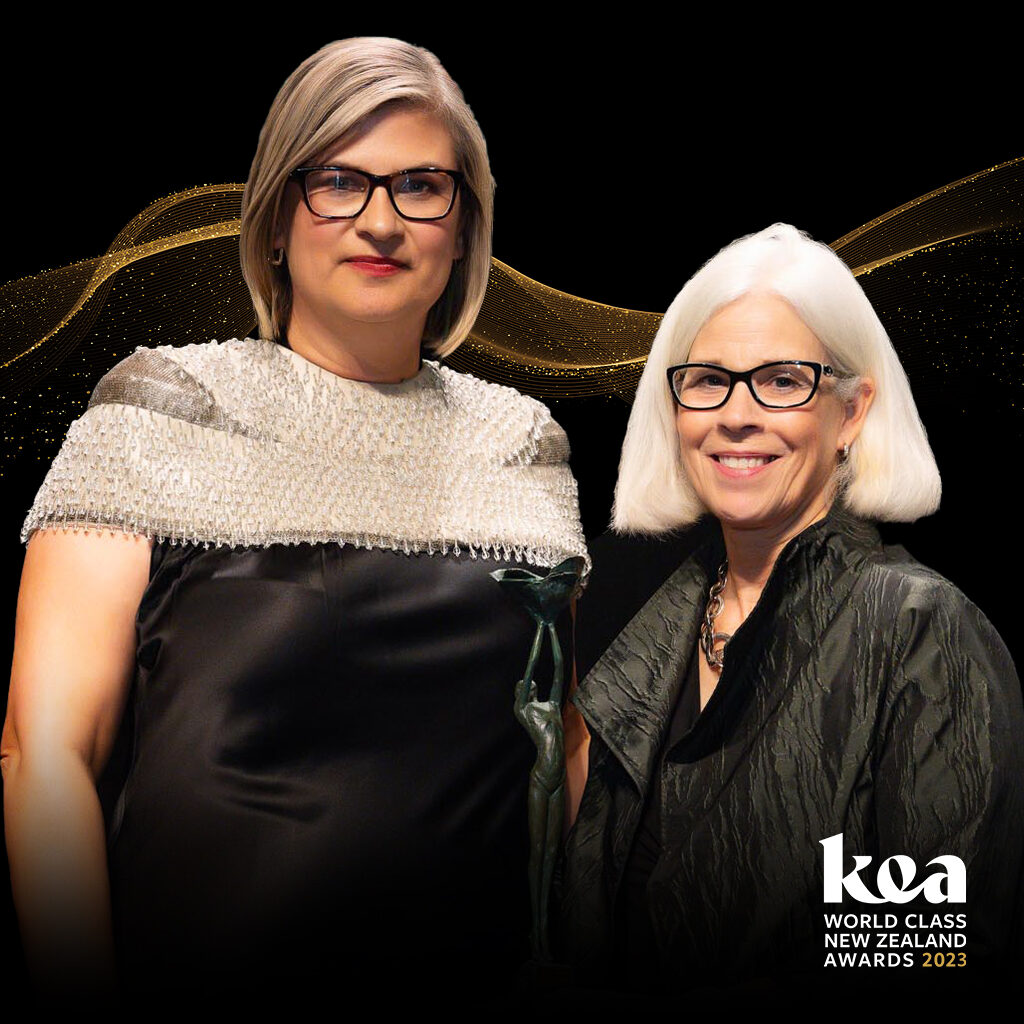
All her life Maia has loved museums and galleries but this wasn’t where her career started.
“I think for me museums have always felt like a very natural place, a way to connect with things from home and I think that’s such an important part of what museums do around the world. They are a place, you know, for stewardship, kaitiakitanga of taonga. I really loved the environment of museums and galleries. I’ve always loved the architecture of those buildings, these are the places I gravitated towards when I went travelling, I could feel the energy of that space.”
“At university, I studied modern languages and found myself working in the city. I was working with art galleries and museums but as a broker for the Lloyd’s of London insurance market. Because of my love of art, I always knew the artists and people thought that was so sweet, that I knew about the art outside of the insurance side of things.”
At the end of the 1990’s she decided to make a bold career change and much to everyone’s surprise and her mother’s horror, she left her very secure job in the financial markets to start again.
“I moved out to New Zealand and I stayed with my aunties and did a correspondence course in art history. Because having decided I wanted to work in museums and galleries I had no training in art history.”
For the next 14 years, Maia studied Pacific Art, Art History and Anthropology all over the world, soaking up all she could and it was during this time that she felt herself become whole in a way that had not been possible before.
“While I was studying I felt like the different facets of my identity were polished off. Everything kind of began to make sense to me about who I was because I had this relationship with my pakeha side and being born and raised in London and then my Māori side and all these things were able to come together in this new path that I found myself on. So it was very rewarding and I kept going because I really enjoyed it.”
A lifetime of advocating for Māori and Pacific peoples has seen her significantly increase her understanding of Māori and Pacific art and build on the connections of working with leaders and iwi to ensure their art and culture are consistently represented in the right way and most recently she took up the role as the Oceania Curator for the Metropolitan Museum of Art, becoming the first indigenous person from the Pacific to ever hold a curatorial position at the establishment.
Anthropologist Dame Anne Salmond says Maia has brought the oceanic art world to life for Europe, for America and now for the world. “She has helped transform the way people see art, particularly Māori and Pacific art, giving it a new light to a new audience.”
Maia says she sees her role as curator as having an important job to play in opening museums and galleries up to a new generation of people.
“I think there’s a lot of momentum now in the way that museums and galleries are evolving, fundamentally they should be places where, you know, you bring people together to connect with taonga. So if we can see museums as places where we can confront our colonial past, the histories, the complicated stories, then there’s a chance for healing, there’s a chance for dialogue and moving forward.”
“I am the diaspora, that generation that was born and raised overseas and have this different kind of relationship with Aotearoa. I am very mindful of the fact that, for me, taonga in museums and the collections overseas were very important because they were like an anchor for me to understand and figure out who I was.”
Maia is also well known for the sense of community she has fostered in New York for Kiwi and visiting artists. She says the interactions with her Kiwi colleagues and friends really recharge her batteries and help her feel more connected to New Zealand.
Association Professor of Art and Design at Auckland University of Technology, Albert Refiti says she is the perfect host, someone who welcomes visitors and whose work has huge global importance.
“It’s so important to have someone there who understands the art and the taonga, someone who is connected to it. And because she is right there with the artefacts, building and telling a new story about Pacific taonga she is also a fantastic host for our people to visit this space and make truly global connections.”
Maia is currently leading the renovation of the Oceania galleries at the Met Museum, which will open in 2025 creating a new purpose built space which allows art to be showcased to a wider audience of people, something she feels passionate about.
“I am always trying to open up the space for others. I think there are so many incredible young Māori and Pacific artists who have so much to offer and being able to bring them into this space and show offshore audiences what is so special about Māori and Pacific art is really special. The global perception of Aotearoa and the Pacific is really heightened at the moment and it’s wonderful to be part of that.”
Maia is also involved in The Pacific Pipeline project through the Bishop Museum in Hawaii which aims to encourage a pipeline of young Pacific Islanders and Māori into museums, something she says resonates with her long term goals for the future.
“I’m quite invested in people, in those who want to come and work in museums and work with the collections. I really advocate for that archive of indigenous knowledge that’s embedded in the collections and I am really invested in having people understand that we don’t know everything about our cultures.”
“I would ultimately like to see indigenous curators and conservators, Māori and Pacific Islanders looking after taonga from the region that they’re from. I think it’s really crucial that museums open up to allow for more people like me, who whakapapa to the collection, who have a genealogical relationship with the collection, to be the Kaitiakitanga or guardians of these collections and really look at the stewardship of these taonga in the long term.”

 MENU
MENU

